Cloister of San Juan de la Peña — Obraz stockowy
L
2000 × 1339JPG6.67 × 4.46" • 300 dpiLicencja standardowa
XL
2592 × 1735JPG8.64 × 5.78" • 300 dpiLicencja standardowa
super
5184 × 3470JPG17.28 × 11.57" • 300 dpiLicencja standardowa
EL
2592 × 1735JPG8.64 × 5.78" • 300 dpiLicencja rozszerzona
The monastery of San Juan de la Peña is a religious complex in the town of Santa Cruz de la Serós. It was one of the most important monasteries in Aragon in the Middle Ages
— Zdjęcie od danileon2- Autordanileon2

- 12209916
- Znajdź podobne obrazy
- 4.6
Słowa kluczowe obrazu stockowego:
Ta sama seria:
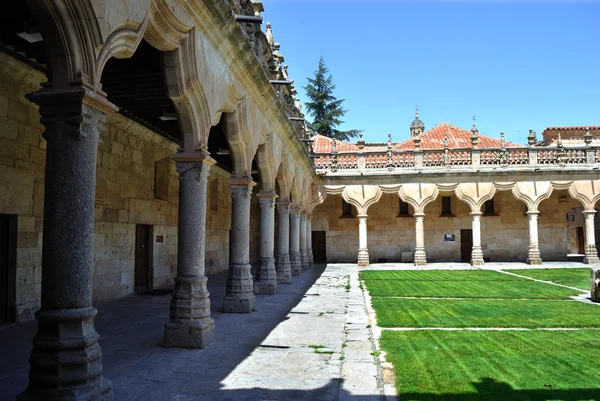

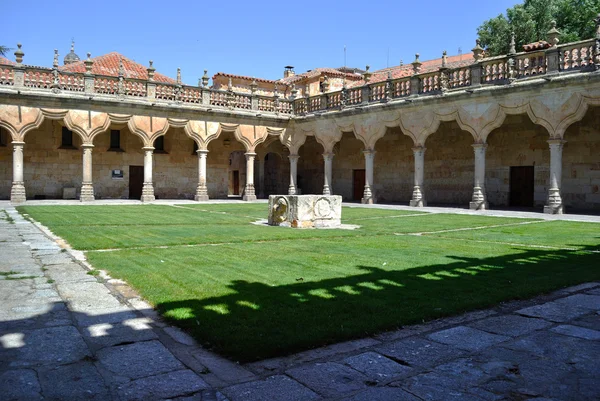


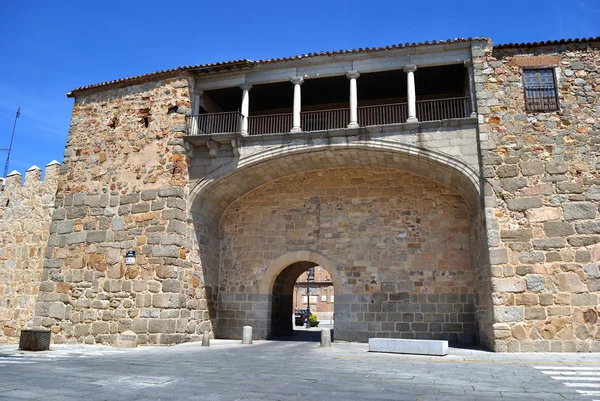

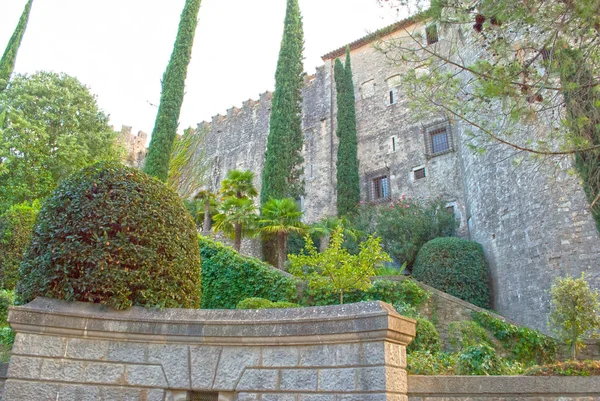
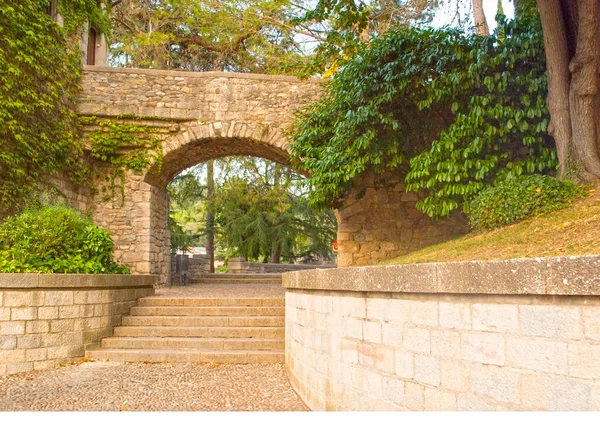
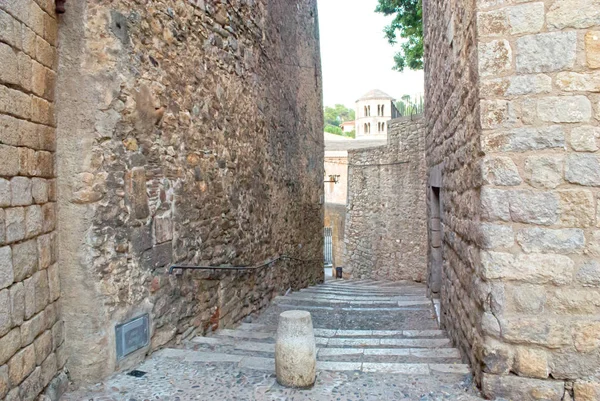
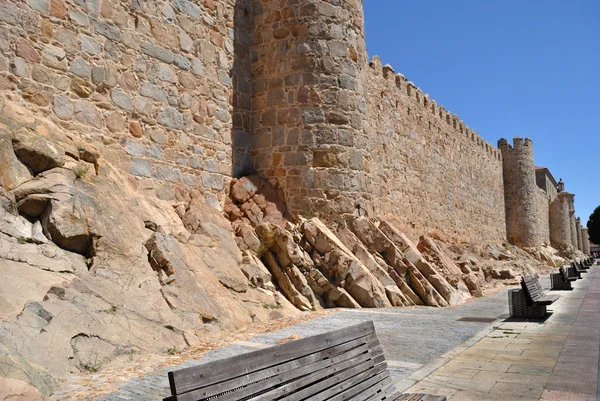
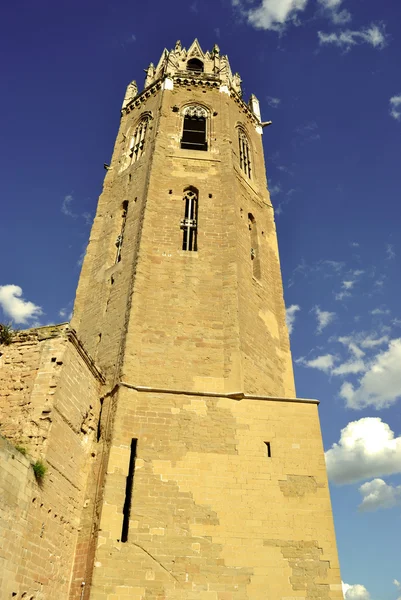
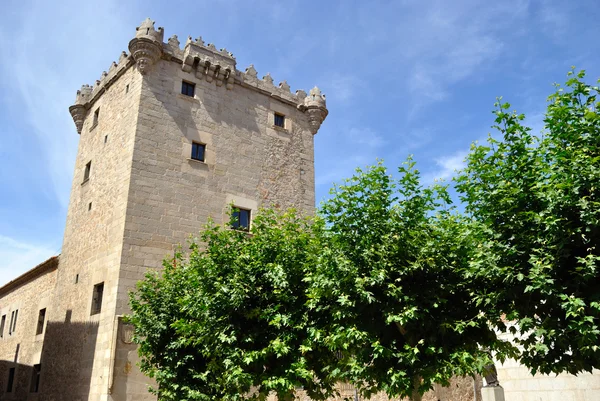



Informacje o użyciu
Możesz użyć tego zdjęcia bez tantiem "Cloister of San Juan de la Peña" do celów osobistych i komercyjnych zgodnie z licencją standardową lub rozszerzoną. Licencja standardowa obejmuje większość przypadków użycia, w tym reklamy, projekty interfejsu użytkownika i opakowania produktów, i pozwala na wydrukowanie do 500 000 kopii. Licencja rozszerzona zezwala na wszystkie przypadki użycia w ramach Licencji standardowej z nieograniczonymi prawami do druku i pozwala na używanie pobranych obrazów stockowych do celów handlowych, odsprzedaży produktów lub bezpłatnej dystrybucji.
Możesz kupić to zdjęcie stockowe i pobrać je w wysokiej rozdzielczości do 2592x1735. Data wgrania: 16 sie 2012
